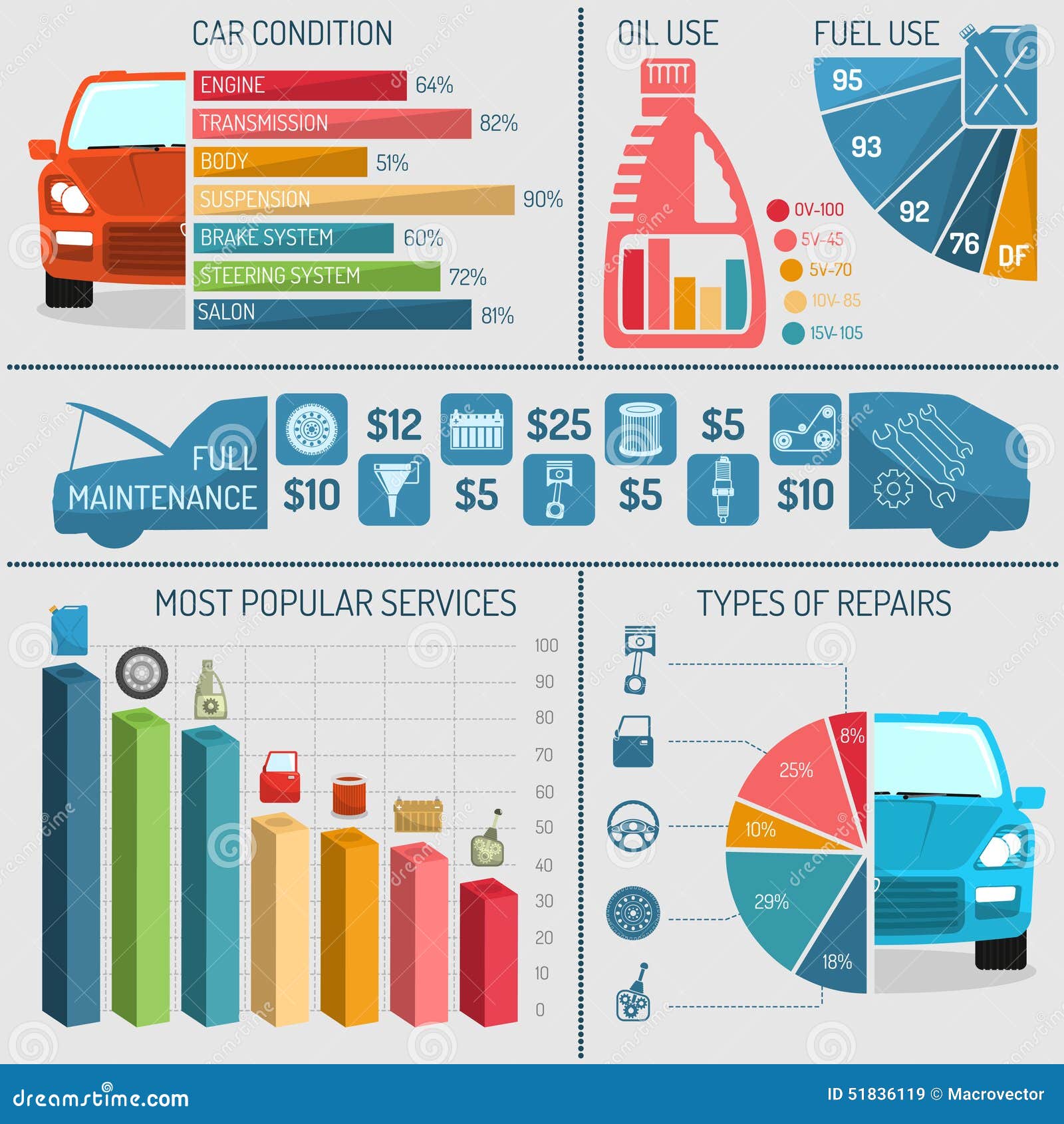Evaluating Your Vehicle'S Caution Indicators: What They Actually Convey
Evaluating Your Vehicle'S Caution Indicators: What They Actually Convey
Blog Article
https://carbrakesnearme84838.izrablog.com/31773764/keen-to-reveal-just-how-automation-and-robotics-are-reshaping-the-automobile-outlining-landscape By-Boye Alvarado
When you're behind the wheel, those glowing warning lights on your dashboard can be a bit puzzling. Do you know what they're trying to tell you concerning your vehicle's wellness? Comprehending the relevance of these lights is crucial for your security and the long life of your vehicle. So, the next time one of those lights appears, wouldn't you wish to understand its message precisely and take the needed steps to resolve it?
Common Warning Lighting and Interpretations
Determine typical warning lights in your automobile and recognize their significances to guarantee risk-free driving.
The most typical warning lights consist of the check engine light, which signifies issues with the engine or discharges system. If this light begins, it's vital to have your car checked quickly.
The oil pressure warning light shows reduced oil stress, calling for immediate attention to prevent engine damages.
A flashing battery light could suggest a faulty billing system, potentially leaving you stranded otherwise attended to.
The tire pressure surveillance system (TPMS) light signals you to reduced tire pressure, influencing car security and gas effectiveness. Neglecting this can result in risky driving conditions.
The abdominal light suggests an issue with the anti-lock stopping system, compromising your capacity to stop promptly in emergency situations.
Lastly, the coolant temperature alerting light warns of engine overheating, which can cause serious damage if not dealt with quickly.
Understanding these usual caution lights will help you resolve issues promptly and maintain safe driving conditions.
Value of Prompt Interest
Recognizing the usual warning lights in your vehicle is just the first step; the relevance of immediately dealing with these warnings can't be stressed sufficient to guarantee your security when driving.
When boat polishing illuminates on your dashboard, it's your cars and truck's method of interacting a potential problem that needs attention. Neglecting these cautions can lead to a lot more severe troubles later on, endangering your safety and possibly costing you extra out of commission.
Prompt focus to advising lights can stop failures and crashes. For example, a flashing check engine light could indicate a misfire that, if left unattended, might cause damages to the catalytic converter. Resolving this quickly can conserve you from a costly fixing.
Similarly, a brake system warning light may signify reduced brake fluid or used brake pads, important elements for your safety and security when driving.
Do It Yourself Troubleshooting Tips
If you observe a warning light on your control panel, there are a couple of DIY fixing pointers you can attempt before looking for professional assistance.
The initial step is to consult your car's manual to comprehend what the particular warning light shows. Occasionally the problem can be as easy as a loosened gas cap causing the check engine light. Tightening the gas cap may resolve the trouble.
One more typical issue is a low battery, which can set off numerous advising lights. Checking the battery connections for rust and guaranteeing they're secure might deal with the issue.
If a caution light persists, you can attempt resetting it by detaching the cars and truck's battery for a couple of minutes and after that reconnecting it. In addition, checking your automobile's fluid levels, such as oil, coolant, and brake liquid, can aid troubleshoot alerting lights related to these systems.
Conclusion
To conclude, comprehending your automobile's caution lights is crucial for maintaining your automobile running smoothly and safely. By without delay resolving these alerts and understanding what they mean, you can prevent costly repair services and possible failures.
Keep in mind to consult your auto's handbook for certain details on each alerting light and do something about it appropriately to make sure a hassle-free driving experience.
Keep notified, stay safe when driving!
